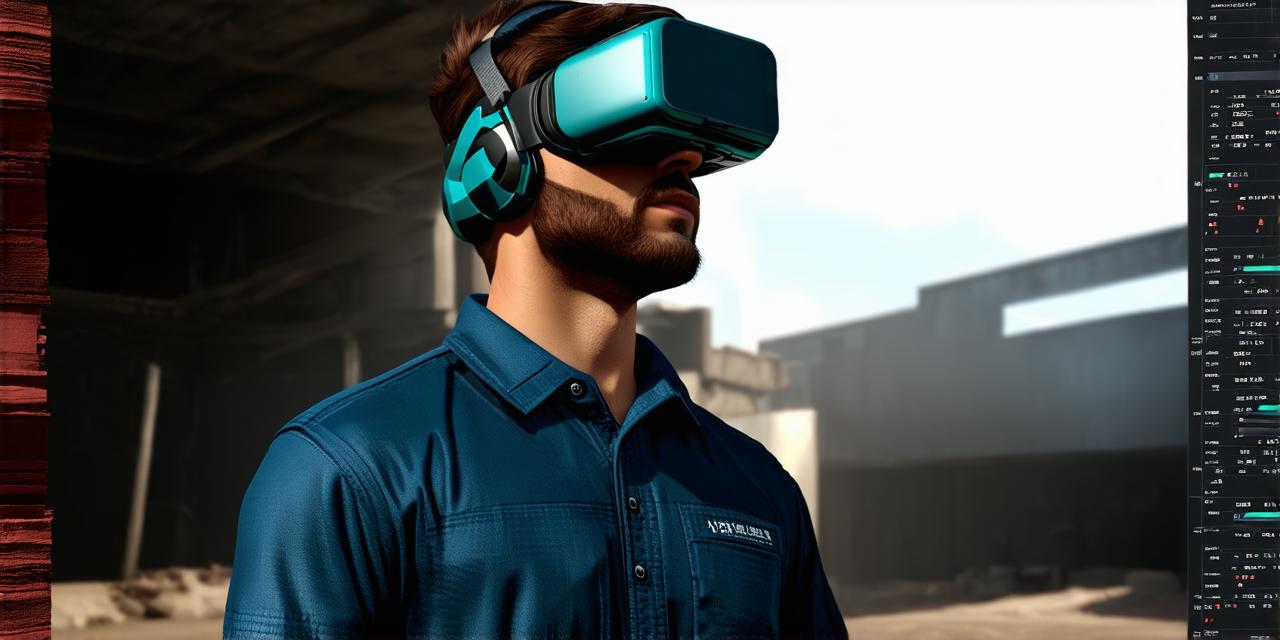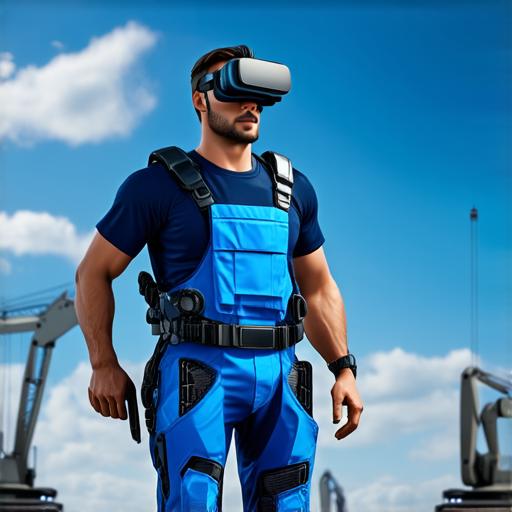
How can the construction industry utilize virtual reality?
Improved Design Process
Virtual reality allows architects and designers to create realistic simulations of their projects, which helps them make informed decisions during the design process. VR technology enables architects to visualize the final product in 3D and make changes as they see fit, saving time and resources. For instance, a project manager can use VR technology to test different materials, designs, and structures to determine which one will work best for their construction site.
Better Communication and Collaboration
Virtual reality can improve communication and collaboration between architects, designers, builders, and clients. With VR, everyone involved in the project can experience the design in real-time, enabling them to make informed decisions and provide feedback. This helps in reducing misunderstandings and errors that often occur during the traditional design process.
Training and Education
Virtual reality technology provides an excellent opportunity for training and education in the construction industry. VR can simulate real-world scenarios, allowing workers to practice their skills in a safe environment. This can reduce the risk of accidents and improve overall efficiency on the job site. For instance, construction companies can use VR simulations to train new hires on how to operate heavy machinery or perform other dangerous tasks safely.
Improved Safety and Risk Management
Virtual reality technology can help construction companies identify potential safety risks and mitigate them before they become a problem. With VR, builders can simulate different scenarios, such as natural disasters or fires, to determine the best course of action to take. This can help prevent accidents and injuries on job sites and reduce insurance costs.

Reduced Costs
Virtual reality technology can significantly reduce construction costs by enabling companies to make informed decisions during the design process. VR technology can also improve project management, reduce waste, and minimize the need for costly materials and labor. For instance, architects can use VR simulations to identify areas where they can cut back on building materials without compromising the integrity of the structure.
Case Studies in Virtual Reality in Construction
1. Autodesk’s “BIM 360” Platform
Autodesk’s “BIM 360” platform is an excellent example of how virtual reality technology can transform the construction industry. This platform allows architects, engineers, and contractors to collaborate on projects in real-time, using VR simulations to test different designs and materials. The result is a more efficient and cost-effective construction process, with fewer errors and delays.
1. “The Edge” in Amsterdam
The “Edge” in Amsterdam is another excellent example of how virtual reality technology can revolutionize the construction industry. This high-rise building was designed using VR technology, allowing architects to simulate different scenarios and make informed decisions during the design process. The result is a sustainable and energy-efficient building that uses 70% less energy than traditional buildings of its size.
1. “The Gherkin” in London
“The Gherkin” in London is another excellent example of how virtual reality technology can transform the construction industry. This high-rise building was designed using VR technology, allowing architects to simulate different scenarios and make informed decisions during the design process. The result is a sustainable and energy-efficient building that uses 30% less energy than traditional buildings of its size.
Summary
Virtual reality technology has the potential to revolutionize the construction industry by improving the design process, enabling better communication and collaboration, providing training and education opportunities, improving safety and risk management, and reducing costs.


